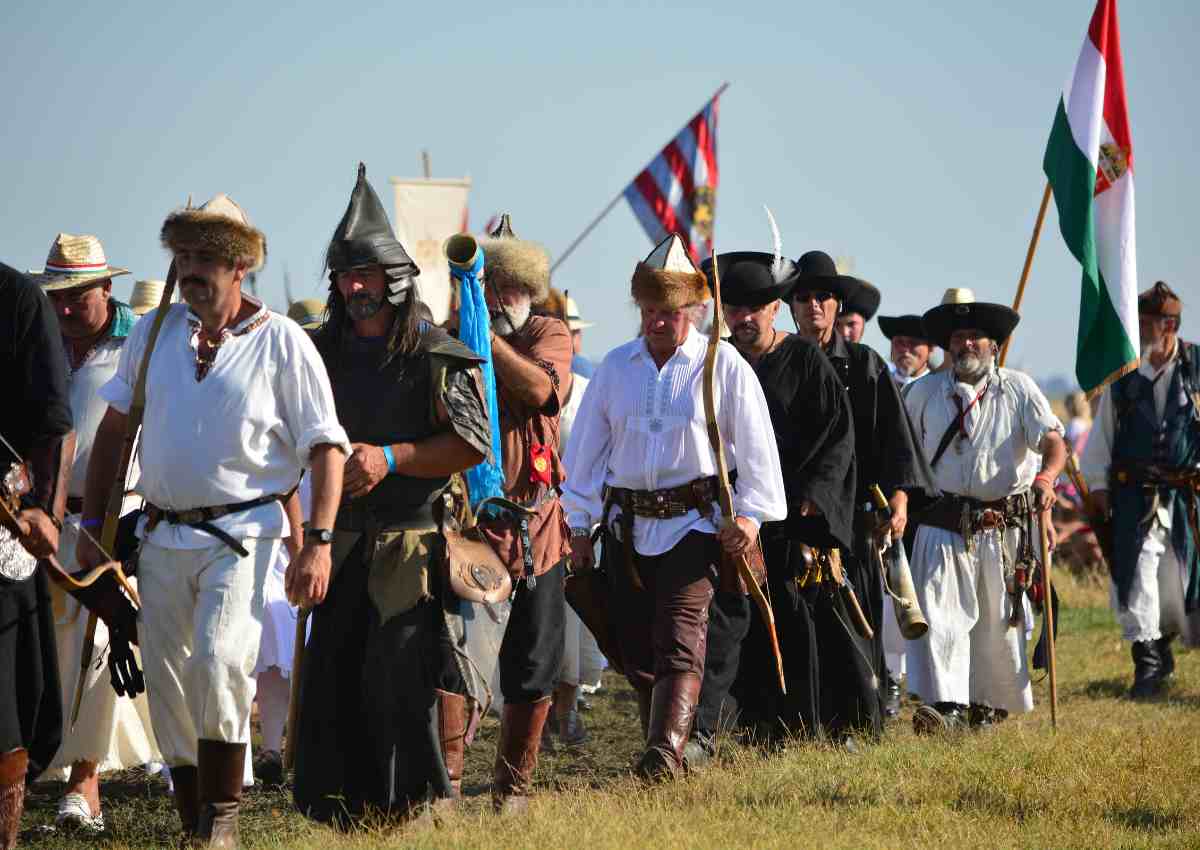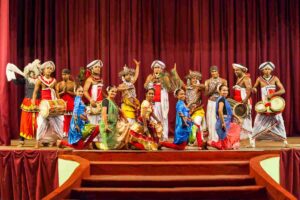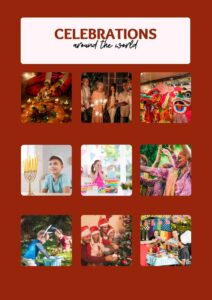
Cultural Appropriation Awareness at the Costume Update
In a world where creativity and expression converge, the costume industry is pivotal in bringing imagination to life. At Costume Update, we recognize the power of costumes to transcend boundaries, tell stories, and celebrate diverse cultures. With this recognition comes a responsibility to address the nuanced issue of cultural appropriation within the realm of costume design.
Cultural appropriation, or adopting elements from another culture without understanding or respect, has become a pressing concern in the costume industry. As the custodians of this creative space, initiating a conversation about cultural appropriation awareness is essential. This dialogue is not meant to stifle creativity but to foster a more informed, respectful, and inclusive approach to costume creation.
Emphasizing Our Commitment
At Costume Update, our commitment extends beyond the allure of costumes; we are dedicated to promoting cultural sensitivity within the vibrant tapestry of the costume community. We understand that costumes are not merely fabric and accessories but expressions of culture, identity, and history. Through this commitment, we aim to cultivate an environment where creativity coexists harmoniously with cultural awareness.
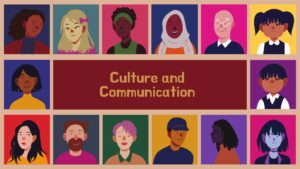
Understanding Cultural Appropriation
Cultural appropriation, in the context of costume design, refers to the borrowing or imitation of elements from a culture without proper understanding or acknowledgement. It could involve using sacred symbols, traditional garments, or other cultural artefacts without the context or respect they deserve.
Examples abound, ranging from costumes that caricature cultural identities to those that perpetuate stereotypes. From headdresses and religious symbols to traditional clothing worn out of context, instances of cultural appropriation can perpetuate harm and reinforce harmful stereotypes.
Why It’s Crucial to Be Aware
Awareness is the first step toward positive change. By understanding the impact of cultural appropriation, we empower ourselves to make responsible choices in costume creation. Cultural appropriation not only disrespects the cultures from which these elements are borrowed but also perpetuates harmful stereotypes and fosters a climate of insensitivity.
As costume enthusiasts, we can shape narratives, challenge stereotypes, and celebrate diversity. By delving into the nuances of cultural appropriation, we equip ourselves with the knowledge needed to create costumes that are not only visually stunning but also culturally respectful.
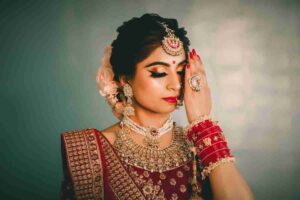
Cultural Sensitivity Guidelines
Research and Understanding:
- Before incorporating elements from a specific culture, conduct thorough research to understand their historical, social, and cultural significance.
- Familiarize yourself with the appropriate contexts and meanings behind symbols, garments, and traditions.
Consult authentic sources:
- Contact individuals from the respective culture or experts who can provide valuable insights and guidance.
- Collaborate with cultural consultants or advisors to ensure accuracy and authenticity in your costume design.
Avoid Stereotyping:
- Be conscious of stereotypes and clichés associated with specific cultures. Strive to create costumes that defy stereotypes and offer a more nuanced representation.
Respect religious and sacred symbols:
- Exercise extreme caution when incorporating religious or sacred symbols into costumes. Seek permission or guidance from the respective ecclesiastical authorities or community leaders.
Appropriate Use of Traditional Garments:
- When utilizing traditional garments, ensure they are worn in the correct manner and context. Avoid commodifying or trivializing them.
Informed Inspiration:
- Draw inspiration from the essence of a culture rather than appropriating specific elements. Capture the spirit and beauty without replicating sacred or culturally sensitive items.
Provide insights on creating costumes inspired by diverse cultures without appropriating them.
Blend, Don’t Borrow:
- Instead of directly borrowing elements, blend influences from different cultures to create a unique and respectful fusion.
- Ensure your creation is a homage to diverse cultures rather than a copy of specific cultural artefacts.
Focus on Aesthetic Inspiration:
- Seek inspiration from the visual aesthetics of a culture without appropriating its more profound cultural or religious symbols.
- Use colours, patterns, and styles to create a visually appealing costume without misappropriating sacred elements.
Acknowledge and give credit:
- If a specific culture inspires your costume, acknowledge it transparently. Give credit to the cultural roots of your design, fostering transparency and appreciation.
Educate Your Audience:
- Use your platform to educate your audience about the cultural inspiration behind your costumes. Promote understanding and appreciation rather than perpetuating ignorance.
Feedback and Adaptation:
- Be open to feedback from the community you are representing. If concerns arise, be willing to adapt and modify your designs to ensure cultural respect.
Spotlight on Cultural Influences in Costumes
Explore the rich history and significance of costumes from various cultures.
Historical Context:
- Dive into the historical context of costumes from different cultures, exploring how they evolved.
- Highlight the social, religious, or ceremonial significance of specific garments.
Symbolism in Costumes:
- Explore the symbolism in costumes, showcasing how they often convey messages about identity, status, or cultural values.
- Discuss the importance of understanding and respecting these symbols.
Showcase examples of costumes that authentically celebrate and represent different traditions.
Real-life Inspirations:
- Feature real-life examples of costumes that beautifully celebrate cultural diversity without appropriating elements.
- Share stories of designers who successfully navigated the cultural landscape in their creations.
Community Showcases:
- Provide a platform for communities to showcase their traditional costumes, sharing the stories behind each piece.
- Celebrate the craftsmanship and creativity of cultures around the world.
Collaborative Projects:
- Highlight collaborative projects where designers from different cultural backgrounds create costumes that authentically represent diverse traditions.
- Showcase the positive impact of collaboration in fostering cross-cultural understanding.
By implementing these guidelines and exploring the rich cultural influences in costumes, Costume Update aims to be a beacon of cultural sensitivity, promoting a diverse and respectful approach to costume design. Join us as we navigate the fascinating intersection of creativity and cultural appreciation in the world of costumes.

Addressing Common Concerns
Address Misconceptions Related to Cultural Appropriation in Costumes
Cultural Ignorance vs. Appreciation:
- Clarify the distinction between cultural ignorance and appreciation. Emphasize that the goal is not to discourage the exploration of diverse cultures but to encourage it with respect and understanding.
Intent vs. Impact:
- Highlight the importance of considering both intent and impact in costume design. Sometimes, well-intentioned creations may still perpetuate harmful stereotypes, making it crucial to know the potential effects.
Cultural Sensitivity vs. Censorship:
- Address concerns about cultural sensitivity being perceived as censorship. Cultural sensitivity is about fostering understanding and respect, not limiting creative expression.
Engaging in Dialogue:
- Encourage open dialogue and constructive discussions about cultural appropriation within the costume community. Create a space for individuals to voice concerns, ask questions, and share perspectives.
Provide tips on how to navigate potential pitfalls and ensure respectful representation.
Consultation and Collaboration:
- Stress the importance of consulting and collaborating with individuals from the cultures represented in costumes.
- Advocate for diverse perspectives in the design process to ensure a more comprehensive and respectful representation.
Sensitivity Training:
- Suggest sensitivity training for costume designers to increase awareness of cultural nuances.
- Provide resources or recommendations for cultural competency courses that designers can undertake.
Incorporate feedback loops:
- Encourage the establishment of feedback loops within the costume design process. Create mechanisms for obtaining input from cultural advisors or community representatives to ensure artistic accuracy.
Educational Initiatives:
- Propose educational initiatives within the costume community, such as workshops or seminars on cultural sensitivity.
- Advocate for ongoing learning and self-education among designers to stay informed about evolving cultural perspectives.
Featured Interviews
Conduct interviews with experts in cultural studies and costume design.
Cultural Studies Experts:
- Interview scholars and experts in cultural studies to provide a theoretical framework for understanding the intersection of costumes and cultural sensitivity.
- Explore their insights on how costumes can either contribute to cultural understanding or perpetuate stereotypes.
Costume Design Pioneers:
- Feature interviews with renowned costume designers who have successfully navigated the challenges of cultural representation.
- Share their experiences, challenges, and lessons learned in creating culturally sensitive and authentic costumes.
Community Leaders:
- Interview community leaders and activists who champion cultural awareness and representation.
- Discuss their perspectives on the impact of costumes on cultural perceptions and the role of the costume industry in promoting inclusivity.
Cross-Cultural Collaborations:
- Highlight interviews with designers who have engaged in cross-cultural collaborations. Explore how these collaborations contribute to a more nuanced and respectful portrayal of diverse traditions.
Share Their Perspectives on the Intersection of Costumes and Cultural Sensitivity
Balancing Creativity and Respect:
- Explore how these experts navigate the fine line between creative expression and cultural sensitivity in their work.
- Discuss their strategies for balancing the desire for innovation with the responsibility of respecting cultural traditions.
Advice for Emerging Designers:
- Seek advice from the experts interviewed for emerging costume designers. Gather tips and recommendations on approaching cultural representation with sensitivity and authenticity.
Impact on Society:
- Discuss the broader societal impact of costumes on cultural perceptions. Explore how costumes in media and entertainment influence public understanding and attitudes toward different cultures.
Evolution of Cultural Representation:
- Examine the evolution of cultural representation in costumes over the years. Discuss trends, challenges, and breakthroughs in promoting cultural sensitivity within the costume industry.
By addressing common concerns and featuring insights from cultural studies and costume design experts, Costume Update aims to foster a more informed and responsible approach to artistic representation in costumes. Join us in exploring the diverse perspectives that contribute to a more culturally aware and inclusive costume community.
User Submissions
Encourage readers to share their own experiences and insights.
Open Invitation:
- Extend an open invitation to the Costume Update community, encouraging readers to share their experiences and insights about cultural sensitivity in costume design.
- Emphasize that diverse perspectives contribute to a more prosperous and inclusive understanding of the topic.
Personal Stories:
- Encourage readers to share personal stories about their journey in creating costumes that reflect cultural respect.
- Highlight the importance of these narratives in inspiring others and fostering a sense of community within the costume enthusiasts’ circle.
Challenges and Triumphs:
- Invite readers to discuss the challenges they’ve faced in navigating cultural representation in costumes and the triumphs they’ve experienced in creating culturally respectful designs.
Tips and advice:
- Create a space for readers to offer tips and advice to fellow enthusiasts. This could include practical suggestions on research methods, collaboration, or addressing potential pitfalls.
Showcase User-Submitted Photos and Stories of Culturally Respectful Costumes
Photo Galleries:
- Create dedicated photo galleries featuring user-submitted images of costumes that showcase cultural appreciation.
- Provide brief captions or stories accompanying each photo, highlighting the inspiration and cultural elements incorporated.
Featured Stories:
- Select standout user submissions to feature in-depth stories or interviews. Explore the inspiration behind their costumes and the thought process in ensuring cultural sensitivity.
Themes and Showcases:
- Establish themed user-submission showcases, allowing readers to participate in specific cultural appreciation events or challenges.
- Encourage creativity within the boundaries of cultural respect.
Interactive Discussions:
- Facilitate interactive discussions around user-submitted content. Encourage readers to comment, ask questions, and engage in a constructive dialogue about each showcased costume.
Resources and Further Reading
Compile a List of Recommended Books, Articles, and Documentaries on Cultural Appropriation
Books:
- Curate a list of books that delve into the complexities of cultural appropriation, offering readers in-depth insights into the historical, social, and ethical aspects.
- Include works by authors from diverse backgrounds to provide a comprehensive perspective.
Articles and Essays:
- Gather articles and essays from reputable sources that analyze specific instances of cultural appropriation or provide guidelines for respectful artistic representation.
- Include academic and journalistic pieces to offer varied viewpoints.
Documentaries and Films:
- Recommend documentaries and films exploring cultural appropriation’s impact in different industries, including costume design.
- Provide brief synopses and links to streaming platforms for accessibility.
Include Links to Organizations Promoting Cultural Awareness and Appreciation
Cultural Awareness Organizations:
- Provide links to organizations dedicated to promoting cultural awareness and understanding. These organizations may offer resources, workshops, and events to foster cross-cultural appreciation.
Diversity and Inclusion Initiatives:
- Include links to initiatives focusing on diversity and inclusion within the costume and entertainment industries.
- Highlight programs that support underrepresented voices and contribute to a more inclusive creative landscape.
Educational Institutions:
- Direct readers to educational institutions or programs emphasizing cultural sensitivity in costume design.
- Include links to relevant courses or workshops that aspiring designers can consider.
Community Platforms:
- Share links to online forums or community platforms where individuals can discuss cultural representation in costumes.
- Encourage readers to connect with like-minded enthusiasts and experts to continue learning and sharing experiences.
Costume Update aims to create a dynamic platform for learning, sharing, and promoting cultural awareness within the costume community by fostering user engagement through submissions and providing a curated list of resources. Join us in building a community that values and celebrates cultural diversity in costume design.

